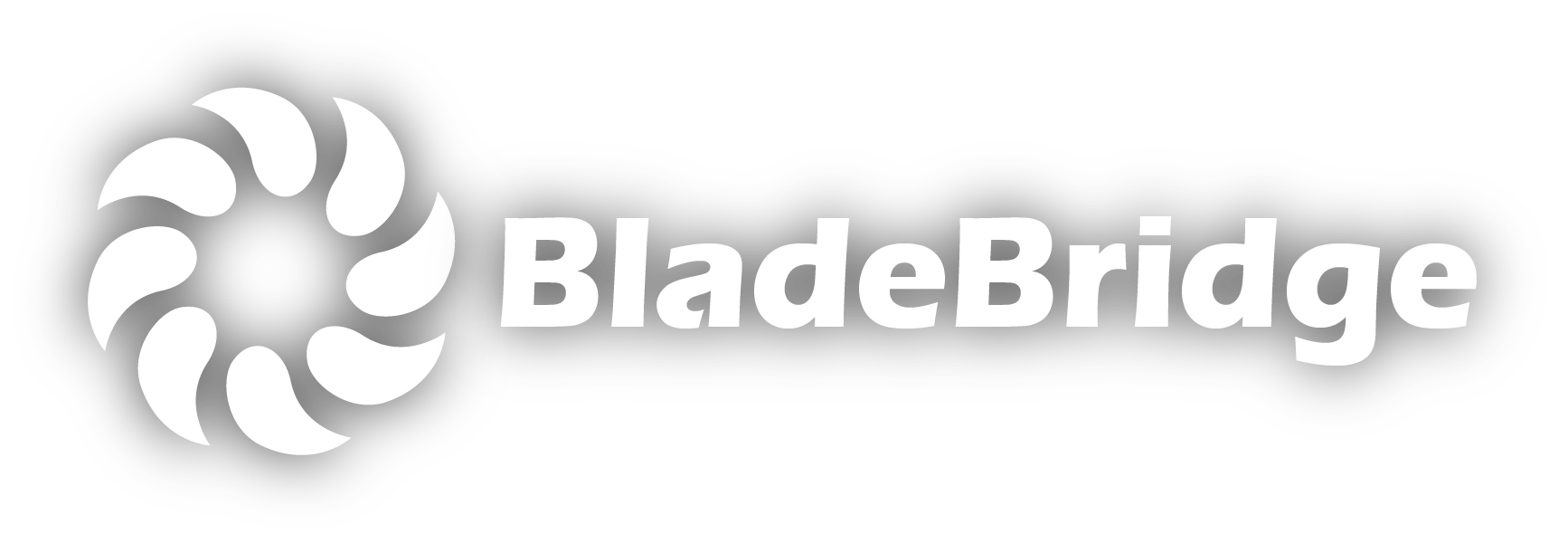About
Faster Time to Value
If you’re reading this page than you may be finding yourself in some challenging situations. Maybe you’re facing the prospect of renewing your expensive data platform's technical debt. Or maybe you’ve received a quote for converting your current data platforms to the cloud, but the services quotes you’ve gotten are just over the moon. Or maybe you’re just looking for a fresh approach that doesn’t involve a laundry list of resources to execute. Whatever your reason, BladeBridge has a path forward that can make the converting and even rebuilding your data landscape a possibility.
BladeBridge is designed with the concept that data patterns are at the core of any data project. Whether you're looking to build a completely new system or convert an old one, patterns are the key.
Steps
Building a New Data Landscape
If you're building a new data landscape, like a data warehouse, the patterns that you want to leverage in moving and transforming the data are Best Practice patterns. These are patterns that have been market proven for decades.
BladeBridge Studio can auto generate these development patterns directly from business analyst's input, and the resulting data transformation code can be delivered in a number of forms:
- SQL
- PySpark
- Talend
- Informatica
- DataStage
This puts YOU in control of your data pipeline investments. Also, unlike other solutions, Studio deploys independent code. Meaning you could unplug Studio and the code will still run flawlessly on your output of choice.
About
Converting an Old Data Landscape
Once again, patterns are the key to automation. You may not know it, but your data landscape follows a cadence of code. Whether it's developers copying and pasting existing code or whether it's ETL tools grouping jobs together, most of an existing data landscape is template based.
BladeBridge Converter uses your existing development patterns to batch together code segments and covert large groups of your legacy code. This approach enables BladeBridge Converter to automate +70% of the ETL/ELT and Database code refactoring.
What really makes converter powerful is the ability to target your desired data platform. For example you may want to go from one ETL to to another, or move from an ETL tool straight to SQL!
Additionally, Converter works hand in hand with Studio to enable you to convert code segments but identify where you want to fork your conversion into new development in Studio.
Steps
Where to Start
The first task is to uncover what you have in those old systems. This by itself can take months for some organizations to accomplish. However, with BladeBridge Analyzer, this process can be turned into a matter of days. The Analyzer profiles the metadata from your tools which are moving and transforming the data into your data warehouses and other locations. From there it generates the appropriate empirical count of artifacts that need to be migrated and their level of complexity. Additionally Analyzer inventories the artifacts that it finds in your legacy environment. This in turn can act as the foundation for your RFP process, narrowing down the estimates to more apples to apples costing for services.
With the analysis in place you and your System Integrator (SI) can plan the most appropriate approach to updating your data platforms. Often the effort is a lift and shift effort to convert existing landscape code to natively work with cloud elasticity. (Snowflake for example) Sometimes however, it might make more sense to rebuild the data platform. BladeBridge provides automation for either approach, vastly decreasing the budgetary pain required for modernizing.
Testimonials
Global Clothing Retailer
We were about to spin up a big internal effort to determine what all we had in our Netezza environment. The analyzer results took that effort off the table for us, and provided the information we were looking for.
Name Anatomized- References Available
